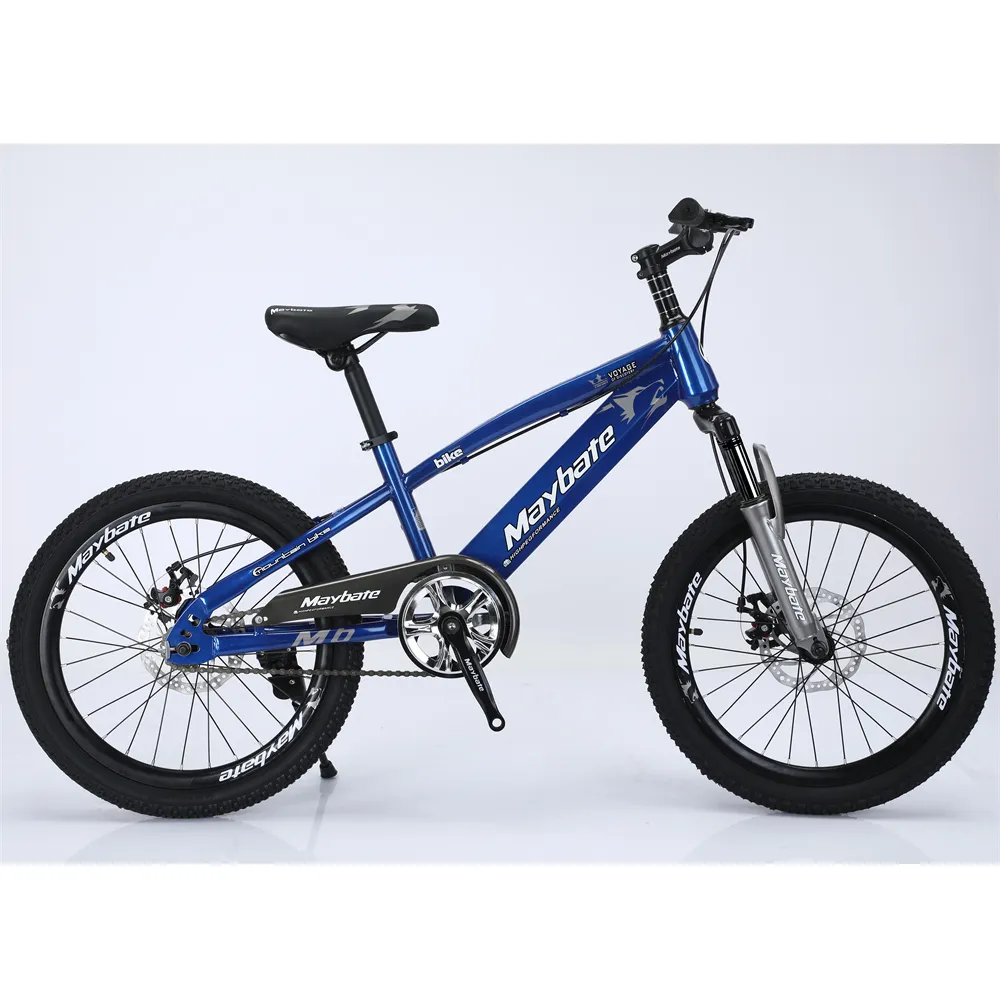are balance bikes good for babies
Are Balance Bikes Good for Babies?
In recent years, balance bikes have surged in popularity as an innovative tool for teaching young children how to ride. These bikes, which lack pedals and have a straightforward design, allow children to focus on balance and coordination before introducing the complexities of pedaling. But the question arises are balance bikes good for babies? In this article, we will explore the benefits, drawbacks, and age appropriateness of balance bikes, helping parents make informed decisions for their little ones.
What Are Balance Bikes?
Balance bikes are specially designed bicycles for toddlers and preschoolers. Unlike traditional bikes, balance bikes are lightweight, low to the ground, and feature no pedals. This design encourages children to push themselves along with their feet while maintaining balance. Typically, balance bikes are designed for children aged 18 months to 5 years, though some models may fit younger or older children depending on height and developmental readiness.
The Benefits of Balance Bikes
1. Enhanced Balance and Coordination The primary benefit of balance bikes is that they teach children critical balance skills. By using their feet to propel themselves and steer, youngsters learn to stabilize their bodies and navigate turns. This foundational skill is crucial for riding traditional bicycles later.
2. Increased Confidence Riding a balance bike allows children to experience the thrill of riding without the fear of falling off a pedal bike. The low center of gravity and the ability to touch the ground with their feet provide a sense of security, helping children build confidence in their abilities.
3. Physical Fitness Riding a balance bike can be a great form of exercise. Children use their leg muscles to push themselves along, promoting physical development. Moreover, outdoor play with a balance bike encourages exploration and active play, combating the sedentary lifestyle that can arise from too much screen time.
4. Independence and Motor Skills Balance bikes encourage independence as children learn to control their movement on their own. Additionally, the activities of pushing, steering, and balancing develop fine and gross motor skills, which are essential for overall physical development.
are balance bikes good for babies

5. Transition to Pedal Bikes Many experts argue that children who start on balance bikes transition more easily to pedal bikes. Since they have already mastered balance, children need only concentrate on pedaling and braking, making the learning process smoother and often faster.
Are There Any Drawbacks?
While balance bikes present numerous benefits, there are a few considerations for parents. One potential drawback is that balance bikes can be less effective for older toddlers who may need more challenging activities to engage their interest. If a child is too old for a balance bike, it may not capture their attention, and they might feel silly riding a bike designed for younger children.
Additionally, safety should be a priority. Parents should ensure their child wears appropriate safety gear, such as helmets, knee pads, and elbow pads, to minimize injuries during falls. While balance bikes are generally safer than traditional bicycles, accidents can happen, and children need protection.
Finding the Right Age to Start
The best age to introduce a balance bike can vary based on a child's physical and emotional readiness. Most children between the ages of 2 and 3 are ready to start using balance bikes. When selecting a balance bike, parents should consider their child's height and inseam to ensure they can comfortably touch the ground.
Conclusion
In conclusion, balance bikes can be an excellent addition to a child's early development, offering an engaging, fun, and safe way to learn essential biking skills. They promote balance, coordination, and confidence while encouraging physical activity. However, parents need to assess their child's readiness and choose the right model while ensuring safety gear is worn. If your child is eager to ride, a balance bike can pave the way for a successful transition to a traditional bicycle and a lifetime love of cycling.
-
kids-scooter-tiny-olympic-games-scooterathlonNewsAug.22,2025
-
kids-scooter-waves-xingtai-zhongzhous-global-rippleNewsAug.22,2025
-
baby-tricycle-oem-legacy-zhongzhou-forgedNewsAug.22,2025
-
xingtais-twin-tricycle-revolution-siblings-ride-togetherNewsAug.22,2025
-
baby-tricycle-design-inspired-by-ancient-armorNewsAug.22,2025
-
nfc-chip-enabled-oem-baby-tricycle-trackingNewsAug.22,2025
-
The Perfect Baby TricycleNewsAug.11,2025








